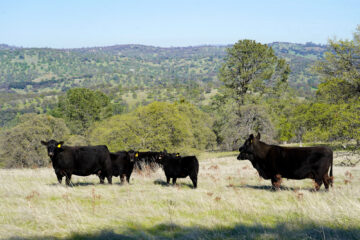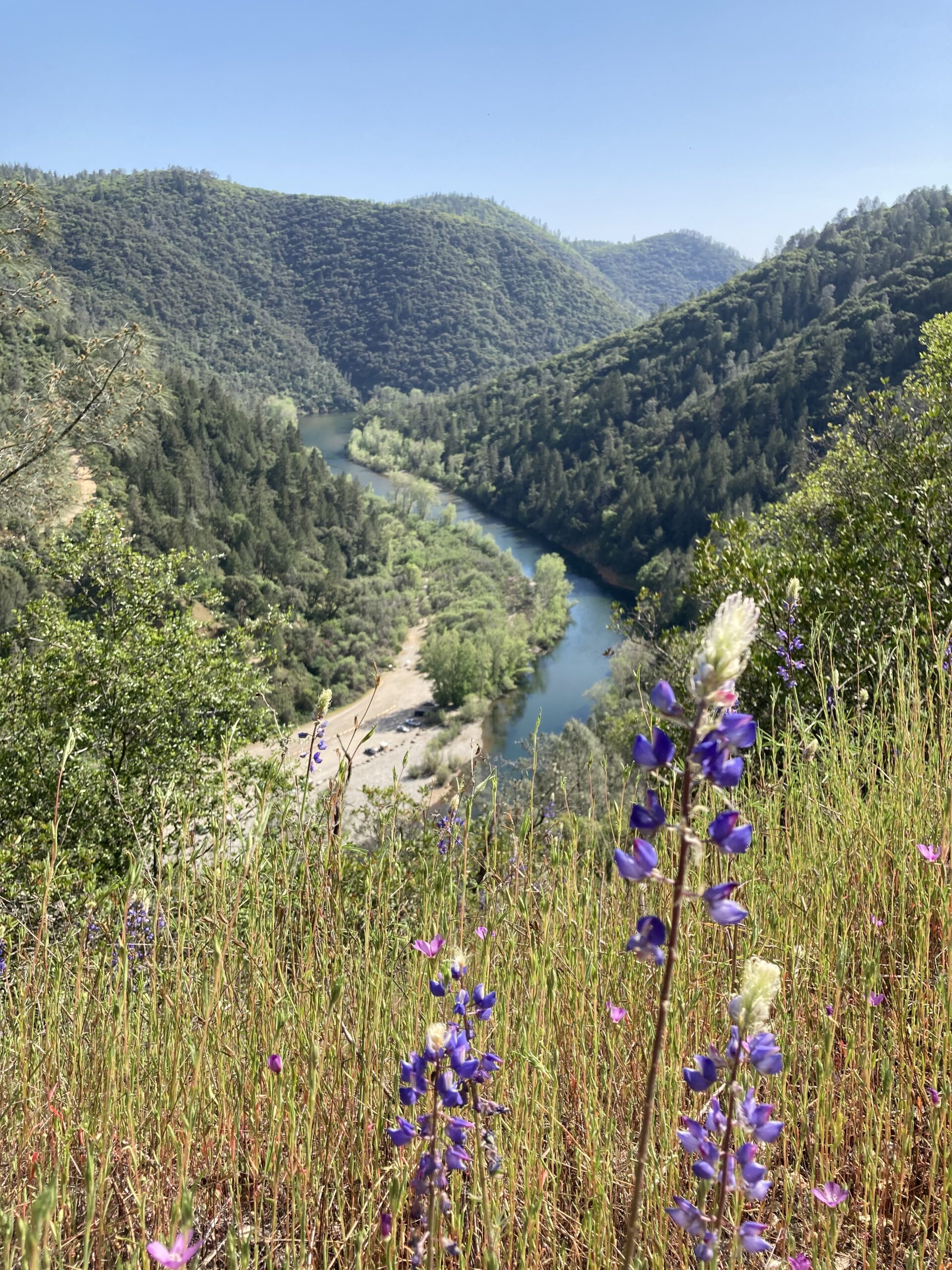Quick Facts:
- 912 acres of oak woodlands along the Bear River in rural Lincoln
- Protected since December 2007 with funds from the California Wildlife Foundation
Remote Wilderness Protection
Placer Land Trust’s Bear River Protection Program envisions protection of the Bear River watershed from Lake Combie to Camp Far West Reservoir. This area contains some of the last roadless areas in western Placer County, as well as significant oak woodlands, rangelands, and wilderness areas.
Oak Woodlands & Biodiversity
The area between Raccoon Creek and the Bear River represents the largest contiguous area of oak woodlands remaining in Placer County. Approximately 331 species of wildlife inhabit Placer County’s oak woodlands including mountain lions, bobcats, several species of hawk, rodents, snakes, owls, and songbirds. Large areas of intact wilderness provide critical habitat for larger animal species, such as blacktail deer. The oak woodlands between Bear River and Raccoon Creek form an important north-south corridor complimenting the east-west corridors formed by the rivers and the adjoining riparian habitat.
River Habitat
Healthy riparian zones provide critical habitat for a wide range of terrestrial and aquatic species while also contributing to water quality by filtering excessive nutrients and other pollutants before the water reaches the stream. The Bear River and the adjacent riparian area supports fish, otters, frogs, snakes, several species of songbird and the rare Northern Pacific pond turtle.
Agriculture
Livestock grazing has historically occurred on the Preserve, and continues to this day. In addition to contributing to the local agricultural economy, livestock grazing is an important tool in the management of oak woodlands, and can reduce invasive species and reduce fuel loads and the danger of catastrophic wildfire.
Cultural Heritage
Garden Bar is the best non-vehicular river crossing for 90 miles, making this particular spot an important gathering and trading site for the Nisenan and other Native Americans who lived on this land for over 5,000 years.
Garden Bar Preserve is not open to the public. For a list of our properties that have public trails visit our Trails page.











